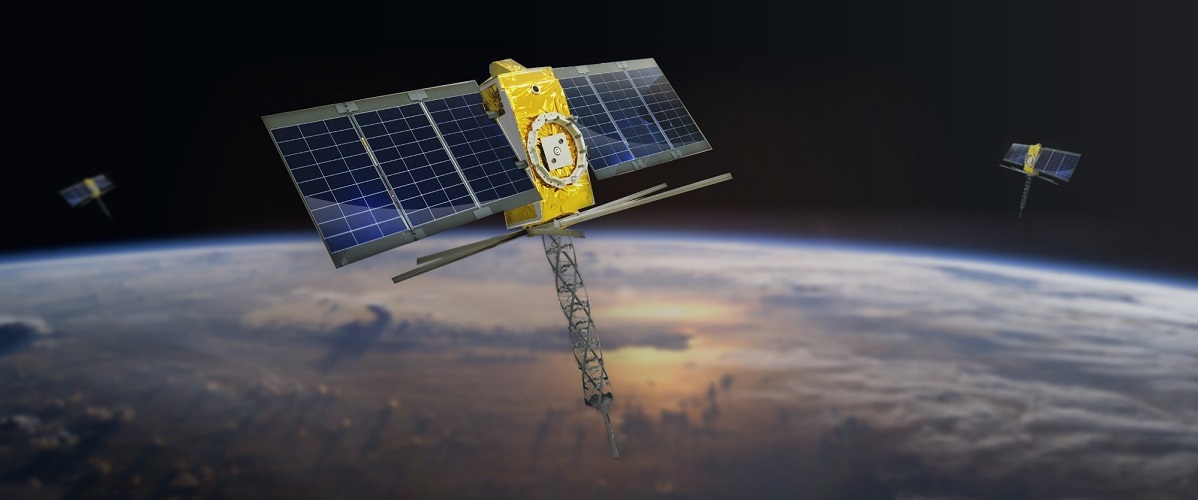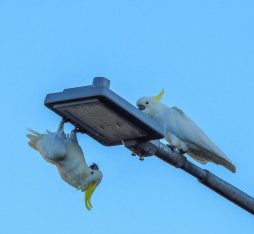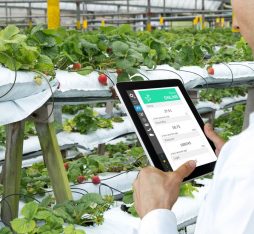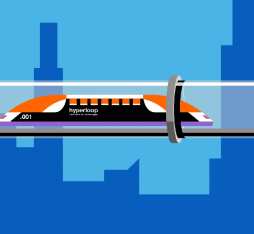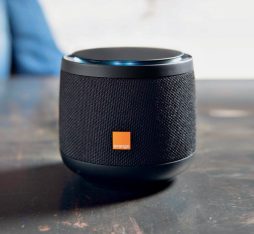“The way in which terrestrial networks and satellites dovetail means IoT services can be offered anywhere in the world, avoiding the need to involve large numbers of stakeholders.”
“New Space” is redrawing our map of the stars. Once the sole preserve of the world’s superpowers, space exploration is rapidly becoming more popular with new private-sector players making their entrance. High-profile figures like Elon Musk (SpaceX) and Jeff Bezos (Blue Origin) are at the forefront of a vast ecosystem comprising more than a thousand companies. Spearheading France’s contribution to the trend, Toulouse-based firm Kinéis inherited a satellite geolocation system called Argos from the French space agency, Centre National d’Etudes Spatiales, and its subsidiary Collecte Localisation Satellites, and has become an outer space specialist in IoT. Founded in 2018, the start-up raised €100 million in 2020 and has just signed a contract with Rocket Lab for the launch of 25 additional nanosatellites from 2023. “Kinéis is working on a new model, with standardized and miniaturized satellites that take a few years to produce from the design phase to launch, as opposed to taking several decades like in the past,” explains Patrice Tajan, a business manager at Kinéis.
Low-Cost IoT Connectivity Everywhere
Between New Space and IoT, it is as if the stars have aligned. Satellite technology is advancing and the costs of launching are falling sharply, meanwhile IoT usage is booming. Kinéis’ mission is to offer competitively priced IoT connectivity in parts of the world that terrestrial networks are unable to reach. With their energy-efficient chipsets, as well as radio chips that connect to satellites, connected objects can be geolocated anywhere on the planet and the data from their sensors can be accessed. The system also includes dishes dotted around the planet that receive signals from the satellites.
There are countless potential uses for the technology in fields such as agriculture, transport and logistics, the maritime sector, networks and infrastructure, as well as humanitarian aid. Satellite technology facilitates asset tracking, wherein assets are tracked on various freight routes by land, sea and air across the globe. This technology enables gas pipelines to be monitored through the transmission of information from various sensors (flow meters, thermometers, leaks and pressure) on a daily or hourly basis. It’s also possible to envisage monitoring the levels of a water tank in a remote African village without the need for a technician to be there.
How Terrestrial and Satellite Networks Fit Together
Satellite connectivity and terrestrial networks are a perfect match, so the partnership between Kinéis and Orange makes sense, according to Laurent Chivot, a project manager at Orange Innovation: “Up until the present day, networks were mostly terrestrial. There was some satellite connectivity, but it was extremely complicated, extremely expensive and thus reserved for a select few business areas. For terrestrial network carriers, our problem is being able to offer the same level of service all over the world. It’s now the norm with cellular technology thanks to roaming, but it was much more complicated when it came to IoT. The way in which our terrestrial networks and satellites dovetail holds the promise of being able to offer services and uses anywhere in the world. It also avoids the need to involve large numbers of stakeholders, which is a real source of simplicity for users.”
According to Christine Olivier, Product Marketing Manager for Live Objects services at Orange Innovation, simplifying customers’ lives is the name of the game: “The goal is to provide our customers with end-to-end enriched connectivity solutions, or, in other words, delivering data on a single platform, regardless of protocol or connectivity. For example, our connected object management platform, Live Objects, brings together 2G, 3G, 4G, LoRaWAN, Wi-Fi, LTE-M and now satellite technology, thanks to Kinéis.”
The Power Lies in the Ecosystem: The Key to Success
Orange Innovation teams can attest to the fact that IoT is a value chain that is primarily underpinned by a strong ecosystem. “You can have the best technology in the world and things may be going well, but if you don’t have a robust ecosystem, with a carrier, a network, infrastructure, device manufacturers and the integrators who use them, then that can be the end of it.” Laurent Chivot explains. New Space and the associated increased popularity of satellite communications are converging with the IoT ecosystem so as to achieve a natural and competitive integration between satellite and terrestrial networks. “Today, this is a tangible reality and no longer science fiction,” he says with excitement.

